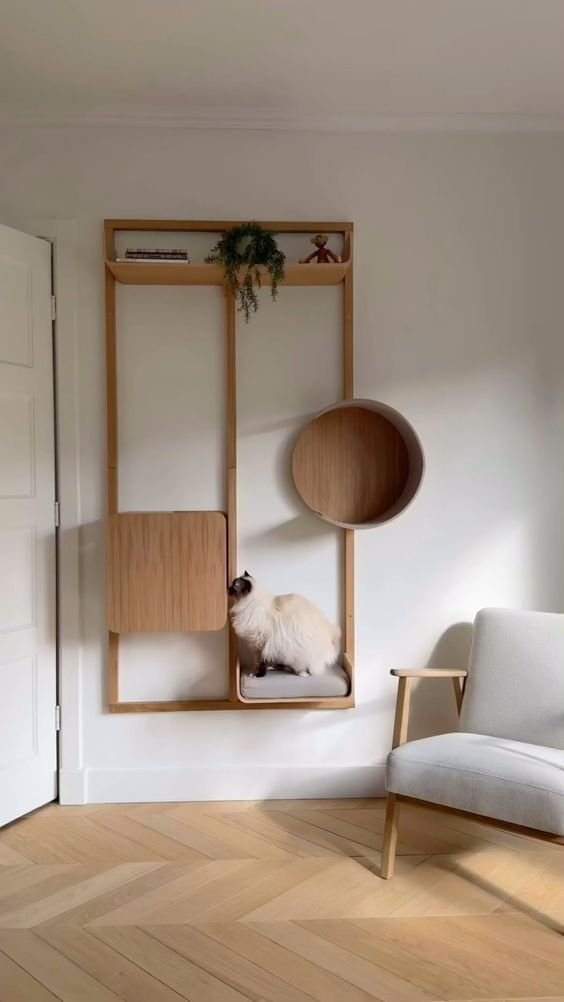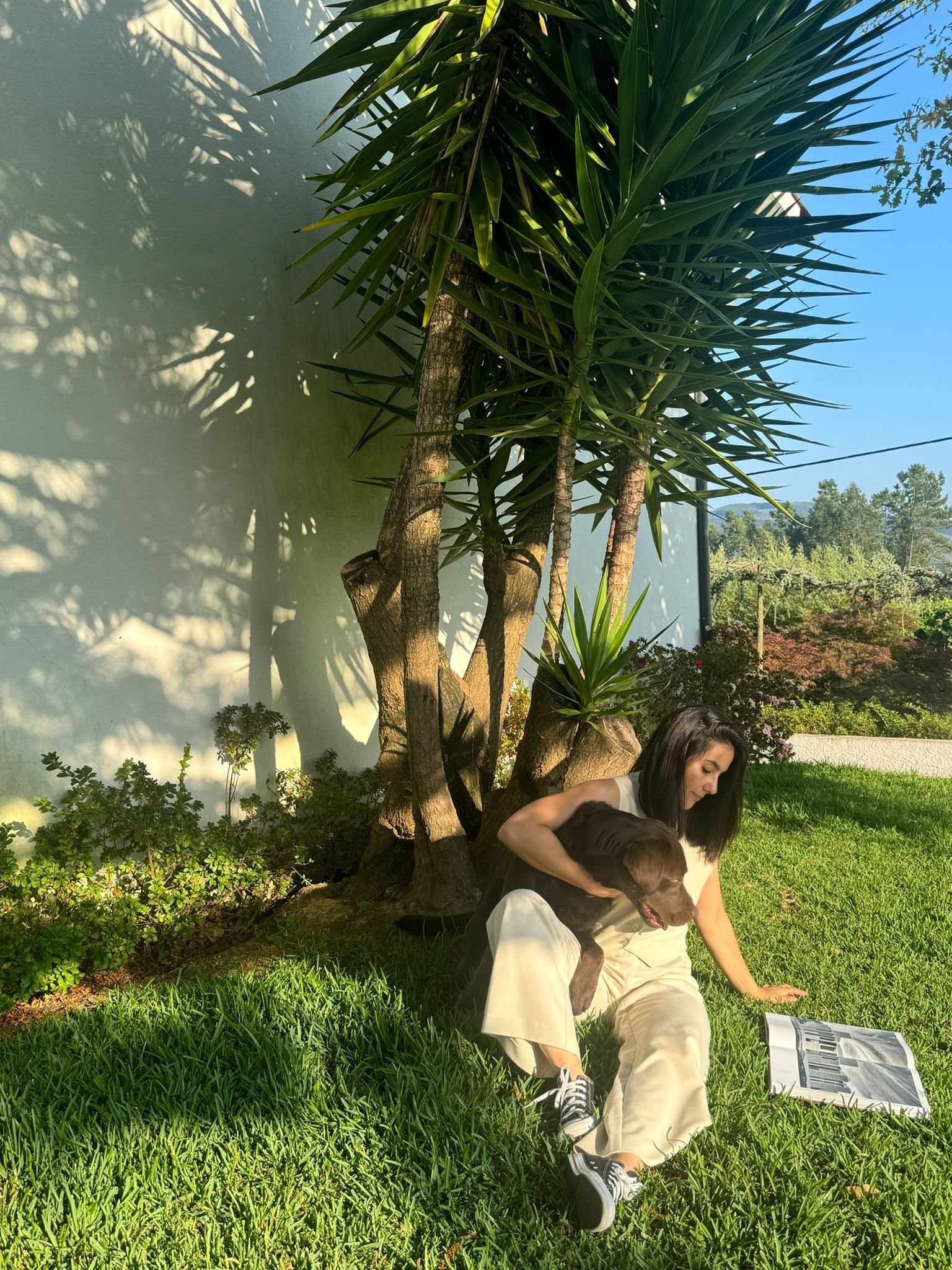Architecture is constantly evolving, adapting to new needs and lifestyles. One such evolution is the growing interest in creating 'pet-friendly' spaces, environments that not only accommodate but also celebrate the presence of our pet friends. For many, pets are considered family members, and both interior and exterior design should reflect this reality. Discover pet-friendly architecture here.
Understanding the animal's needs
The first step in creating pet-friendly architecture is understanding the specific needs of animals. Dogs and cats, for example, have different behaviours and requirements. Dogs generally need open spaces to run and play, while cats prefer vertical areas and hiding spots to feel secure. Incorporating elements that cater to these needs is essential to ensuring the well-being of the animals.

4. Selection of materials and finishes
Choosing the right materials is essential. Durable and easy-to-clean flooring, such as ceramic, porcelain, or laminate, is ideal for homes with pets. These materials are tough and resistant to scratches and stains. For furniture, fabrics like microfiber or leather are preferable, as they are easier to clean and less likely to be damaged by sharp claws.
Read also: How to refurbish and decorate a local accommodation in Portugal
Indoor spaces in pet-friendly architecture
Inside the home, the organisation of spaces can make a significant difference. Creating dedicated areas for pets, such as cosy rest corners with comfortable beds or designated feeding zones, helps to maintain order and hygiene. It’s equally important to consider safety, especially concerning stairs and balconies. Installing proper barriers can prevent accidents and ensure that pets can move around freely and safely.

Integration with the outdoor environment
Outdoor spaces should also be considered. Well-designed gardens and yards can provide a safe and stimulating environment for pets. High fences, non-toxic plants, and shaded areas are important elements. Creating a path or an obstacle course can be a great way to keep them active and engaged.

It is also possible, in modern buildings and gated communities, to implement this practice in designated "pet play" or "pet parks" areas. These spaces are created to facilitate interaction among pets and bring residents closer together.
Additionally, people are even considering developing pools or showers specifically for dogs.

Sustainability and well-being
Sustainability is another important trend in pet-friendly architecture. Using eco-friendly materials and energy-efficient systems not only benefits the environment but also contributes to the health of pets. Well-ventilated, calm, and well-lit environments with access to natural light promote a healthier and more pleasant atmosphere for all the inhabitants of the home.
Technology in support of animals
Technology can be a powerful ally in creating pet-friendly spaces. Automated feeding systems, water dispensers with filtered water, and even surveillance cameras specifically designed to monitor pets when owners are away are innovations that can significantly enhance the quality of life for animals and reassure their owners.
At CURO, we’d love to create a pet-friendly project for your family!
Pet-friendly architecture goes beyond simple adjustments; it’s about creating environments where all family members, including pets, can live harmoniously and healthily. Thoughtful design, choosing the right materials, and the intelligent integration of technology are key aspects to achieving this goal. By placing animals at the centre of the design process, architects can create spaces that truly welcome and celebrate all forms of life.
Here at CURO there aren't any projects with this goal yet, the references shared have been carefully selected on Pinterest.
Our best friends deserve to live in environments that respect and respond to their needs. After all, a house only becomes a home when everyone feels comfortable, safe, and happy. Don’t you think?

